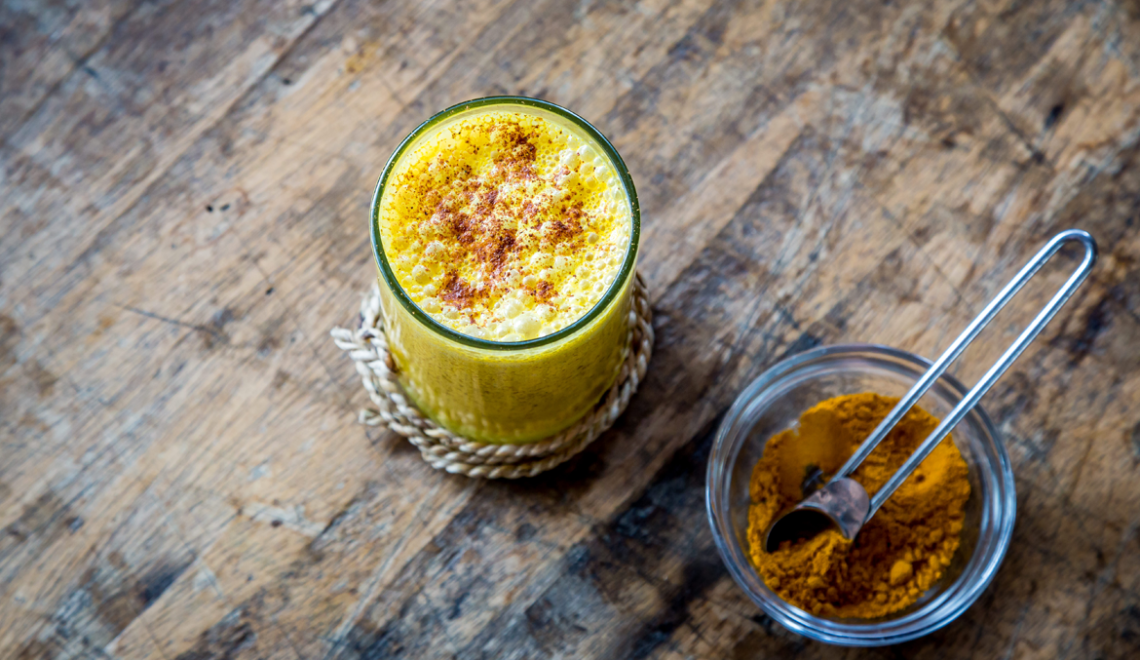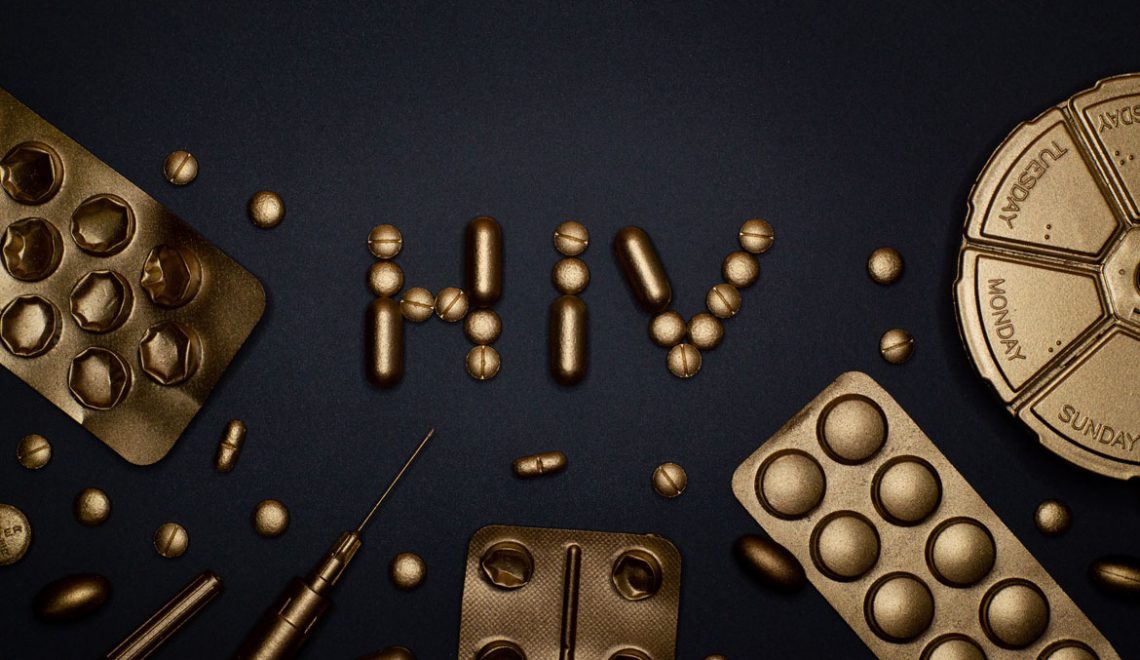
Turmeric has been in and out of the headlines over the last few years, with varying claims relating to its antioxidant properties; deeming it a promising alternative therapy for managing inflammatory conditions and even reducing cancer risk.
Like many I am easily persuaded by a nutritional fad; indeed I have been known to add turmeric to absolutely anything I can get away with… bright yellow pancakes anyone?
Is turmeric a ‘fad’?
I use the word ‘fad’ because nutrition related headlines are often hastily dismissed by some members of the scientific community, and rightly so given the complex pharmacokinetics that occurs within our bodies in comparison to the in vitro studies behind the sensationalist headlines. Nonetheless, cynics of the sensationalist headlines can sometimes overlook the hard science that underpins everything we eat. Every mouthful of food is made from molecules; molecules that can, and will, interact with each other, and the cells within our bodies. Some of these reactions may be unwanted; free radicals can damage DNA leading to mutations, deranged cell behaviours and possibly cancer. Conversely, some of these molecules can neutralise free radicals, and have anti-oxidant (anti-cancer/anti-ageing/anti-anything damaging) effects. Therefore the chemical components of ingested substances are not something to be ignored. However, once ingested these substances are metabolised by the liver, and this determines their bioavailability; the amount of active product remaining to circulate around the body. Therefore molecules often behave very differently in isolated (in vitro) cells, versus living (in vivo) cells within the body; and this is why many scientists are cynical about superfood headlines.
The therapeutic effects of curcumin
So what exactly does Turmeric do that has created such excitement among medical and therapeutics communities?
Curcumin is a polyphenol molecule within turmeric that garners the yellow powder its superfood status. This natural compound binds to, and regulates, a number of enzymes involved in biological processes that can result in disease. Studies have shown that curcumin inhibits 5-LO in vitro; an enzyme involved in inflammatory processes such as those contributing to an increased risk of cancer, and cardiovascular disease. It has also been found to regulate the histone deacetylases; reducing cellular epigenetic changes that are believed to contribute to the pathogenicity of numerous diseases including type 2 diabetes, dementia, and cardiovascular disease.
Colon cancer cells stopped proliferating, and apoptotic cell death increased when exposed to curcumin.
– The Journal of Cancer 2016.
Last month, ‘The Journal of Cancer’ published a study revealing the therapeutic effect of curcumin on cancer cells in vitro. In laboratory tests, researchers from Saint-Louis University, USA found colon cancer cells stopped proliferating, and that apoptotic cell death increased when exposed to curcumin. A common gain of function in cancer cells is the ability to evade apoptotic, or programmed, cell death; hence allowing the cells to rapidly multiply in number. Therefore if curcumin is able to reinitiate the death of these cells it holds huge potential for development into a therapeutic agent. Indeed, of particular interest is that curcumin exhibited a dose-response relationship, a common feature of drug therapy, such that the anti-proliferative effects were correlated to the concentration of curcumin added to the cells.
Bioavailability of metabolised turmeric
It is undisputable that this recent study adds gravitas to the excitement already building for using curcumin to develop a new therapeutic agent in fighting diseases such as cancer, dementia, diabetes, and cardiovascular disease. However, in vivo studies have shown that curcumin is rapidly metabolised by the human liver; demonstrating poor bioavailability, low plasma concentrations and rapid excretion. Presently, in its raw form, curcumin does not exhibit the same effects in the human body as it has demonstrated in laboratory experiments. However, it is an exciting lead in our mission to develop new therapeutic agents.
In conclusion, adding turmeric to my pancakes certainly isn’t doing me any harm, however, it probably won’t be fulfilling the gallant health claims stated in the headlines. Regardless, this does not mean we should be any less excited about turmeric. Drugs begin their journey as natural compounds, meticulously researched and chemically altered to have a stable bioavailability within the human body. Today we look back and remember that Aspirin was developed from the humble willow tree, tomorrow perhaps we will look back and remember brilliant yellow turmeric in our arms race against cancer.
Advertisement









